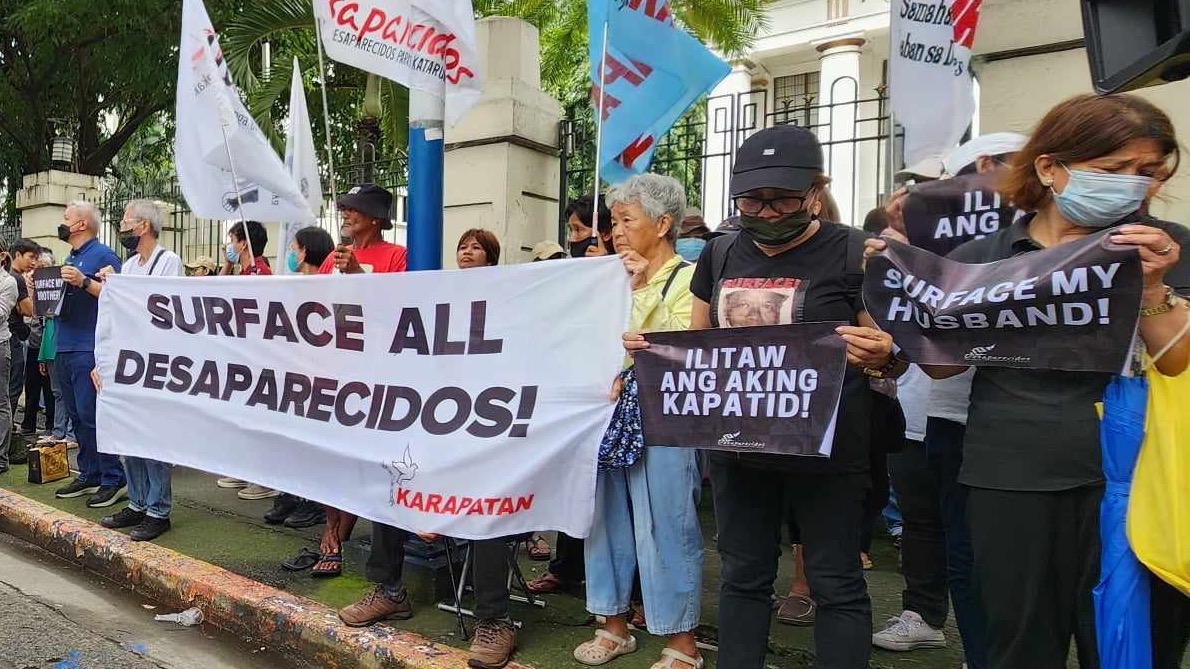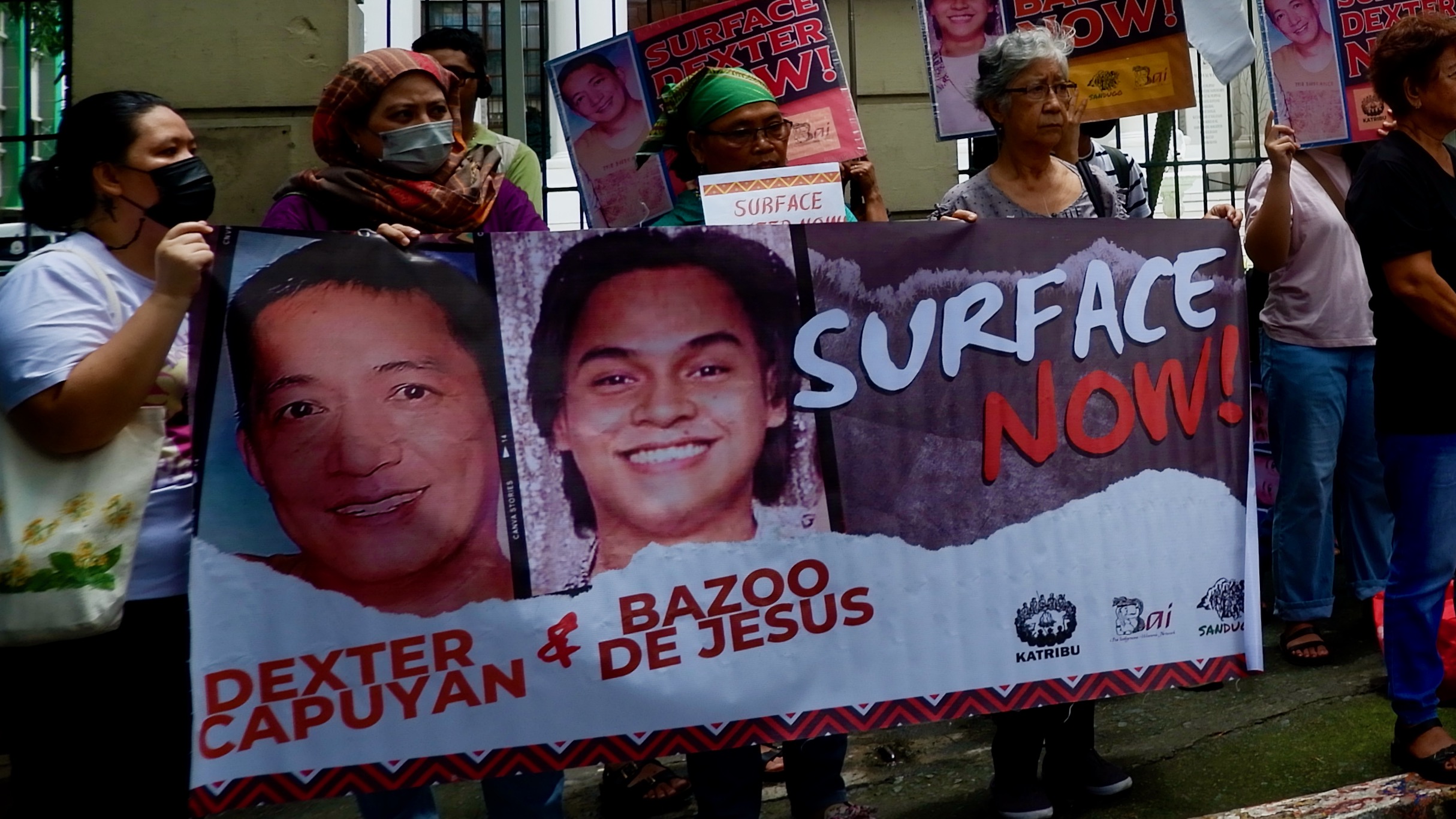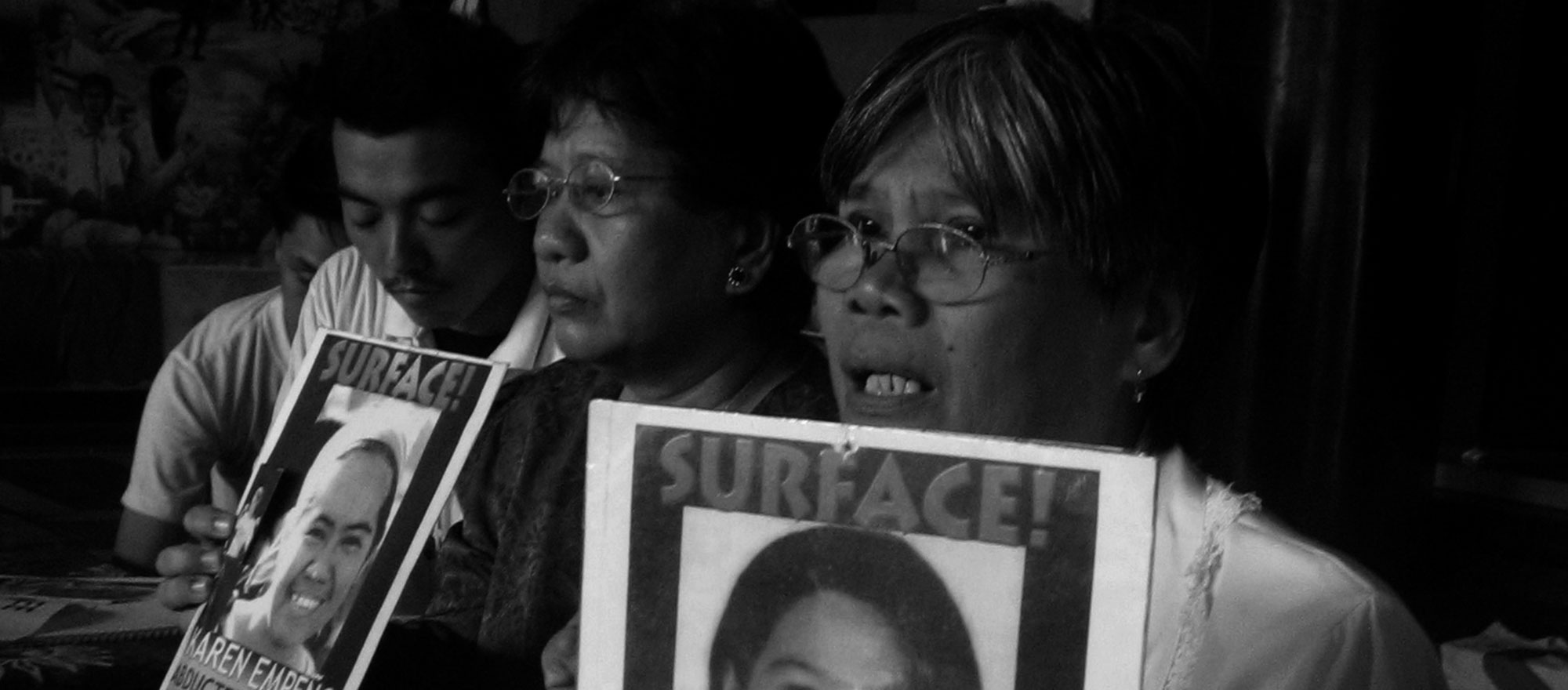Diana Verzosa Moraleda | Moving On
On May 28, 1987, community organizer Reynaldo Garcia (24) started the day early for some errands. He left his home at 6:00 a.m. and never returned. Reynaldo’s wife Emily, who was then eight months pregnant, did not hear from him the whole day. By late afternoon, she went searching and learned that someone had […]

On May 28, 1987, community organizer Reynaldo Garcia (24) started the day early for some errands. He left his home at 6:00 a.m. and never returned.
Reynaldo’s wife Emily, who was then eight months pregnant, did not hear from him the whole day. By late afternoon, she went searching and learned that someone had been abducted that morning at a bakery not far from their home. Witnesses’ descriptions and a slipper left behind reveal that the victim was Reynaldo. No evidence pointed to the perpetrators. No faces were seen. No plate numbers recorded.
Death allows mourning and a prospect of healing and closure. Disappearances only spawn doubts and indecision. Often, families of victims of stealth removals are paralyzed into inaction, hoping that if they do not create noise, their husbands, wives, fathers or children might be freed. Not Emily. She immediately vowed to do all she could to find her husband. She owed it to him, she said.
For ten years, Emily worked for Task Force Detainees of the Philippines, FIND and Karapatan, an alliance of human rights organizations and advocates. As a coordinator for various activities, she was introduced to other families of the disappeared and found encouragement and strength.
By the fifth year of her search, Emily finally accepted that she may never find Reynaldo. Yet she stayed in the movement vowing to raise awareness so that no one else will be abducted or executed again.
After twenty years, Emily has only started to move on. She now runs a t-shirt printing business. Most of her free time is spent taking care of her one-year-old grandchild.




